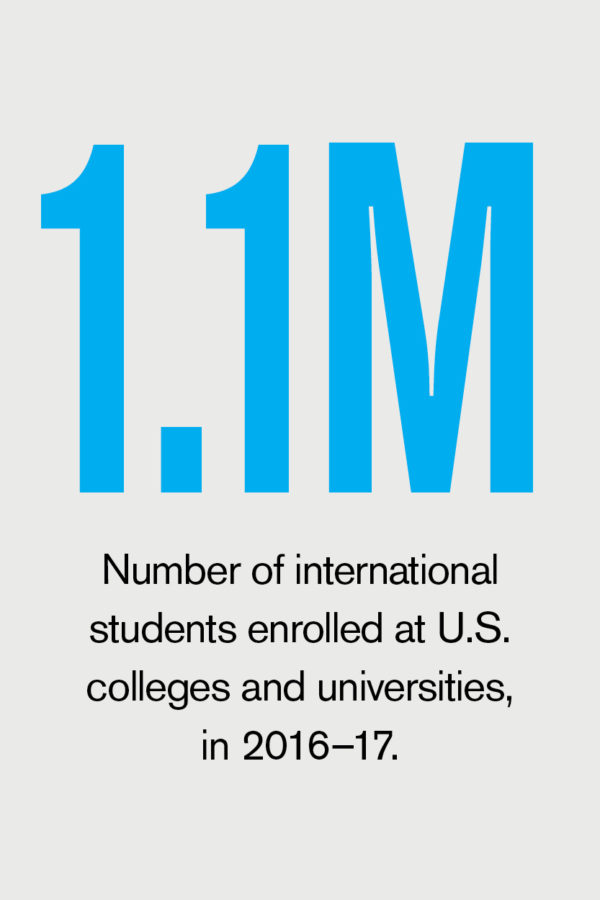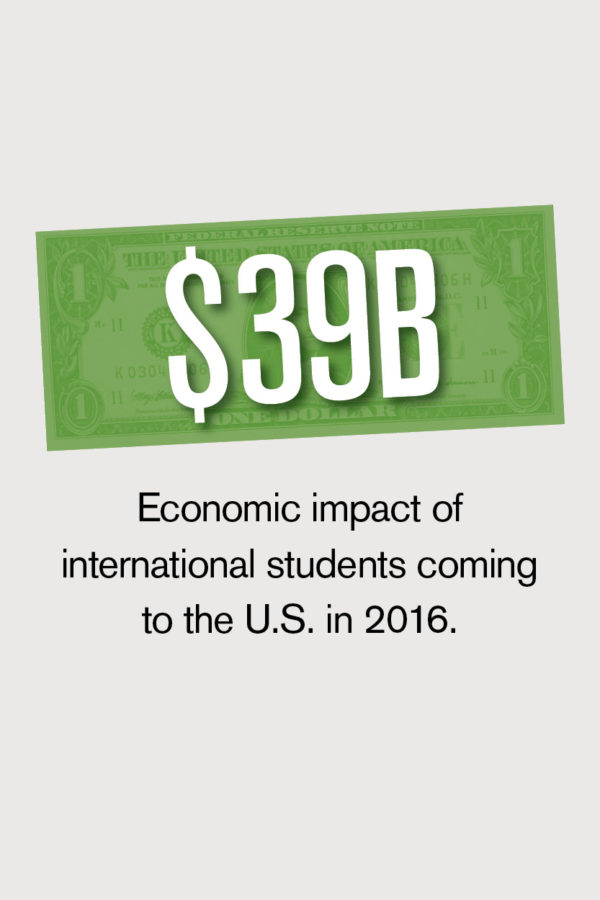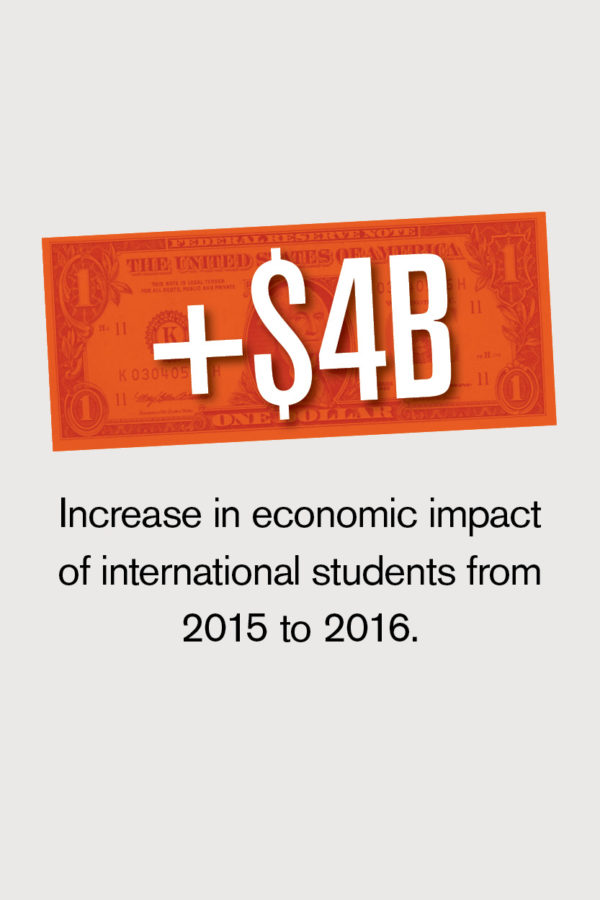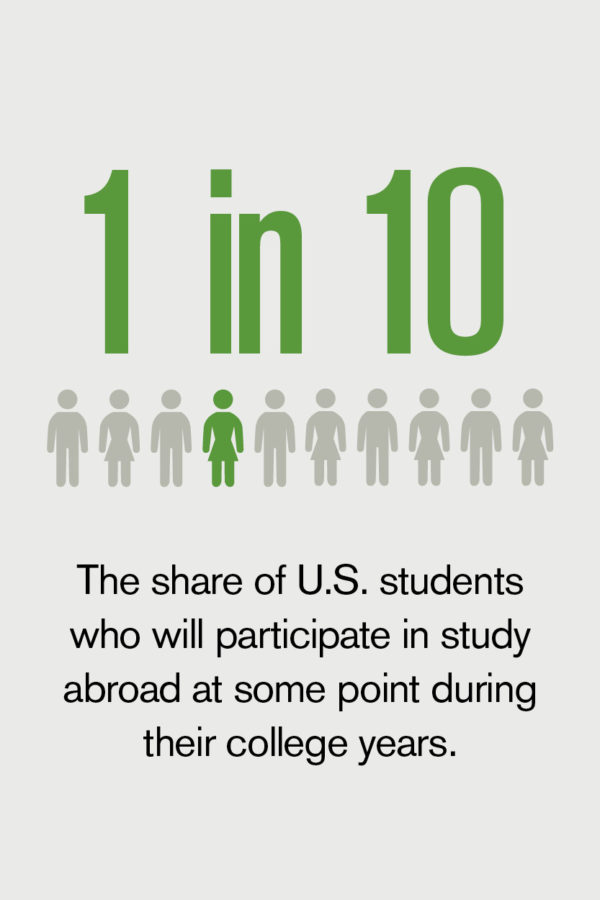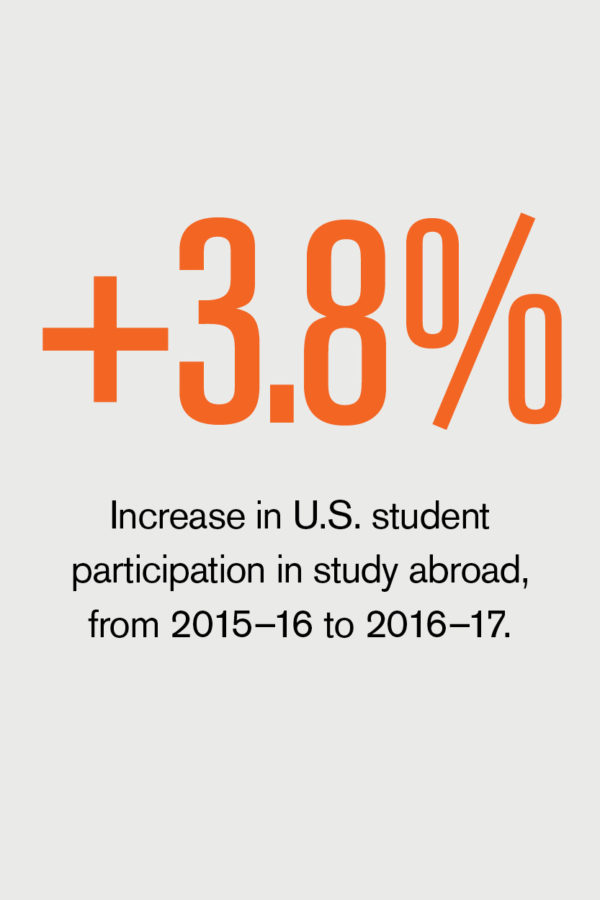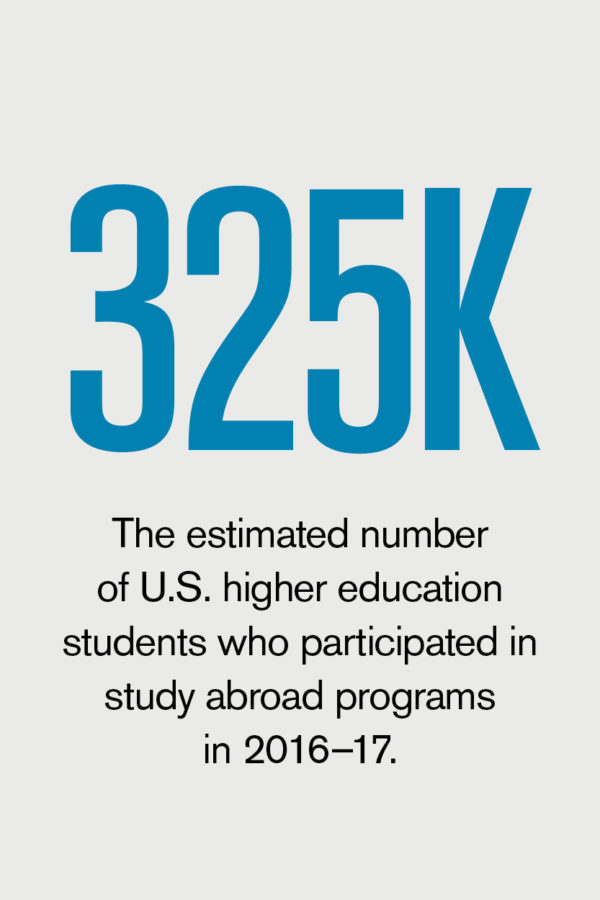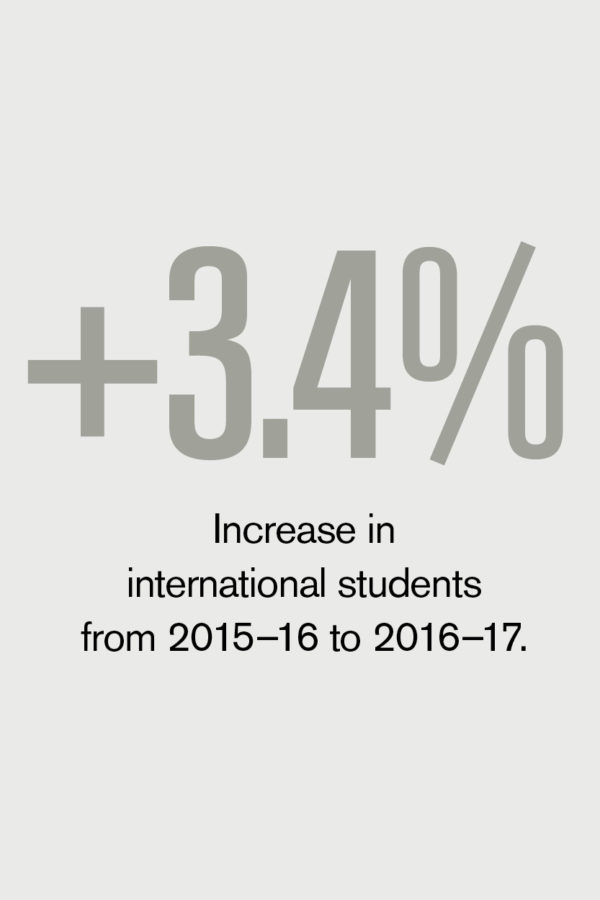Measurements of student success go beyond grade point averages and test scores.
Higher education institutions are increasingly looking beyond traditional academic metrics as measurements of student success. Eric Oifer, professor at Santa Monica College (SMC), Calif., is the faculty leader of a group that spearheaded such an approach via the GRIT Initiative—referring to the grit it takes for students to overcome challenges to degree completion.
Oifer worked with departments across the college, which enrolls more than 30,000 students, to develop practices and activities that put noncognitive strategies at the center of efforts to enhance student success. Those techniques include encouraging students to seek help, enhancing their ability to “think” about their own thinking, and reinforcing their sense of place and agency. The initiative recognizes and develops students’ strengths and competencies rather than their deficits.
The Beginning
Launched in fall 2012, the GRIT Initiative is based on the premise that SMC students are resilient and come to the college with a desire to learn and succeed. The program includes four basic pillars: growth, resilience, integrity, and tenacity, all of which relate to noncognitive skills or behaviors that are applicable both in and outside the classroom.
In 2015, initiative leaders developed a slogan: “Grow your mind. Grow your life.” To emphasize the theme of the growth mindset, posters highlighting the tangible behaviors and attitudes of being a successful student were created and displayed around SMC campuses. During the 2015–16 academic year, GRIT focused on bringing to campus speakers whose stories illustrated the theme of a growing, curious mind. Professionals from various fields shared how they overcame hardships to achieve success. The hope was that students would see how they could apply these messages to their own lives.
“Initially, a group of us were tasked with determining how the GRIT concept would be applied at SMC,” Oifer says. “The first year was a lot of trial and error. We worked together to answer a number of questions: What should we call this? What are we going to do? How will we measure success in this effort? How will we convey this concept to the larger campus community?”
The answers to some questions were easier than others, but overall Oifer is pleased with how GRIT has been integrated into the college’s approach to evaluating student success—and incorporated into courses and activities.
The Nitty Gritty
As Oifer reflects on the opportunities and obstacles that have presented themselves during this five-year effort to emphasize different skills and their correlation to student success, he offers these suggestions for institutions considering similar initiatives.
- Set a specific strategic goal. “There was support for the GRIT concept,” says Oifer. However, to be fully integrated at the college, the program needed to be tied to a specific goal or outcome. Working with SMC’s Institutional Effectiveness Committee, Oifer helped to develop an institutional learning outcome associated with GRIT called “authentic engagement.” According to Oifer, it took about a year to develop the language for that outcome, which reads in part, “Upon completion of the course, a student demonstrates a level of engagement in the subject matter that enables and motivates the integration of acquired knowledge and skills beyond the classroom.” Since the adoption of this goal, more faculty have included it in their syllabi and assessed students’ related achievements. In fall 2016, the college measured 28,650 assessments of the outcome, 89.3 percent of which indicated mastery.
- Incorporate a diagnostic tool. SMC’s decision to test SuccessNavigator, a noncognitive assessment tool developed by Educational Testing Service (ETS), coincided with the launch of GRIT. “Working in collaboration with SMC’s counseling department, this was one of the first things we did,” Oifer explains. The tool is designed to measure students’ aptitude in four domains: academic skills, motivation/commitment, self-management, and social support.
In fall 2012, SMC partnered with ETS to conduct a pilot study, assessing the relationship between students’ noncognitive skills and their academic outcomes, including grade point average and course credit-completion rate. According to Oifer, the study found that, when controlling for the impact of gender, race/ethnicity, parental education, and academic ability, noncognitive skills positively impacted GPA and course credit success.
Since fall 2014, more than 6,200 students have used the tool, which continues to be administered as part of the college’s Counseling 20 (student success seminar) curriculum. The incorporation of SuccessNavigator into this curriculum fulfills one of Oifer’s main goals for the GRIT initiative. “One of the ways that we figured out that this would work was by embedding these ideas into existing programs that will continue,” he says. “The committee’s work officially ended in December 2017, but the college’s assessment of applied learning will continue.”
- Consider scope and scale. Ever mindful of the need to carefully manage the financial and human resources allocated for implementing the initiative, Oifer and his colleagues wanted to develop components that were scalable. “We didn’t want to introduce really expensive programs that would serve only a small portion of the college’s population,” he explains. “Academic affairs established a budget for GRIT; and, as the faculty leader, I taught one class less [in order to work on GRIT]. From 2012 to 2017, I taught four classes instead of five.” In addition, some faculty received stipends to work on the initiative, which had a marketing budget as well, and funds allocated for obtaining speakers.
- Be prepared for pushback. “Everyone didn’t embrace GRIT fully,” Oifer acknowledges. “There was controversy about the term ‘grit,’” as well as concern that we were blaming students and putting the burden on them to be successful.” In this regard, it was important to be responsive to the college community, notes Oifer. “We were willing to let go or make changes when we were met with resistance,” he says. “We understand our culture, which is decentralized—from the bottom up—and we figured out how to make GRIT work within it.”
- Know when to let go. In spring 2014, GRIT piloted a coaching program named “YOU+1.” Student results on SuccessNavigator were used to identify individuals who might benefit most from the program. In addition to faculty and staff, students could choose family members or friends to be their +1’s. However, the program was suspended after spring 2015 due to low participation. “We’re not moving forward with the coaching program,” Oifer says. “It requires a dedicated staff person, and we couldn’t justify the expense.”
Still, Oifer is pleased with the progress made during the past five years. “We’ve been able to get a good number of things off the ground that will have broad impact and be sustained,” he says. “Through the development of the institutional learning outcome and the implementation of SuccessNavigator, for example, GRIT was institutionalized. Culturally, people talk about it as something that they do as part of their teaching. The initiative pushed the idea and helped it become part of their language.”
APRYL MOTLEY, Columbia, Md., covers higher education business issues for Business Officer.





